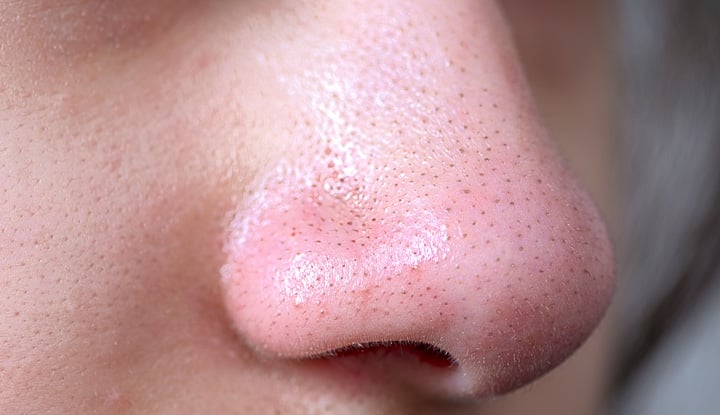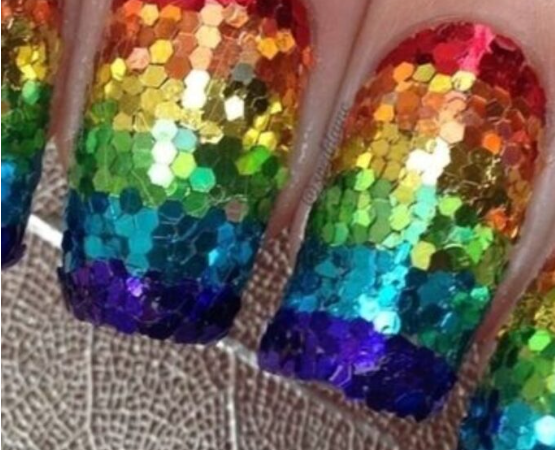Everything You Need to Know About Smiley Piercing

Smiley Piercing – Body piercings have become increasingly popular over the years, and people are constantly seeking new and unique ways to express themselves through body modification. One such piercing that has gained popularity is the smiley piercing. If you’re considering getting a smiley piercing or simply curious about what it entails, this article will provide you with everything you need to know about this trendy piercing.
What is Smiley Piercing?
A smiley piercing, also known as an upper lip frenulum piercing, is a type of oral piercing that goes through the thin piece of tissue (frenulum) that connects the upper lip to the gums, right in the centre below the upper lip. When properly done, the jewellery appears to “smile” as it rests between your upper lip and gums, hence the name.
The Procedure
- Choose a Reputable Piercer: The first step in getting a smiley piercing is to find a professional and experienced piercer. Always ensure that the piercing studio follows strict hygiene and safety standards.
- Preparation: Your piercer will start by cleaning the area thoroughly and marking the precise location for the piercing.
- Piercing: Using a sterilized needle or a curved barbell, the piercer will create a hole through the frenulum, avoiding any major blood vessels and nerves.
- Insertion of Jewelry: Once the hole is made, the chosen jewellery (usually a small curved barbell or a captive bead ring) is inserted through the piercing, and the ends are secured.
- Aftercare: Your piercer will provide detailed aftercare instructions, typically involving rinsing your mouth with saline solution and avoiding alcohol-based mouthwashes. It’s essential to keep the area clean to prevent infection.
Pain and Healing
The pain associated with a smiley piercing is relatively low, and most people report mild discomfort during the procedure. However, the frenulum area has a rich blood supply, which can lead to more noticeable bleeding compared to other oral piercings. Swelling, tenderness, and an increased saliva flow are common during the initial healing period, typically lasting 4-8 weeks.
Here are some tips for a smoother healing process:
- Avoid playing with the jewelry: This can irritate the piercing and increase the risk of complications.
- Oral hygiene: Continue your usual oral care routine but be gentle around the piercing. Avoid smoking and alcohol, as they can slow down the healing process.
- Watch your diet: Avoid spicy and hot foods during the initial healing phase, as they can cause discomfort.
- Rinse with a saline solution: Use a saline rinse or a warm saltwater solution to clean the piercing after meals and before bedtime.
Potential Risks and Complications
Like any body modification, smiley piercings come with potential risks and complications, including:
- Infection: If not properly cared for, oral piercings can become infected. Signs of infection include redness, swelling, discharge, and increased pain. If you suspect an infection, seek medical attention promptly.
- Gum and Tooth Damage: Jewelry rubbing against the gums and teeth can lead to gum recession or tooth enamel erosion over time.
- Jewellery Rejection: Sometimes, the body may reject the jewellery, causing it to migrate or eventually be pushed out.
- Chipping or Cracking Teeth: Accidental biting on the jewellery can damage teeth.
- Speech and Eating Discomfort: The jewellery may interfere with speech and eating initially, but this typically improves as you adapt.
Removing a Smiley Piercing
If you no longer want your smiley piercing, it’s best to consult a professional piercer for removal. Attempting to remove the jewellery yourself can lead to complications.
Smiley Piercing Jewelry Styles
When it comes to smiley-piercing jewellery, you have a variety of styles to choose from, allowing you to personalize your look and express your unique style. The choice of jewellery can significantly impact the overall aesthetic of your smiley piercing. Here are some popular smiley piercing jewellery styles to consider:
- Curved Barbell: This is one of the most common jewellery choices for smiley piercings. It consists of a curved bar with a bead on each end. The curvature of the barbell is designed to fit comfortably within the frenulum, creating a subtle and discreet look. The beads can be simple metal balls or adorned with gemstones or unique designs.
- Captive Bead Ring (CBR): A CBR is a circular piece of jewellery with a small removable bead or ball that “captures” the ring in place. This style can give your smiley piercing a more classic and versatile appearance. You can choose different materials, such as surgical steel, titanium, or gold, to suit your preferences.
- Horseshoe Ring: Similar to the CBR, the horseshoe ring is a circular piece of jewellery with two flat ends rather than a bead. When worn, it creates a horseshoe-like shape and can be a unique choice for those looking for something different.
- Seamless Ring: A seamless ring is a circular piece of jewellery with no visible opening or seam. It gives your smiley piercing a continuous, smooth look, with the ends gently pressed together. Due to its design, this style can be a bit more challenging to insert and remove, so a professional best handles it.
- Clicker Ring: Clicker rings are similar to seamless rings but come with a hinge and a clasp mechanism, making them easier to open and close. They are often adorned with intricate designs, gemstones, or unique shapes, adding a touch of elegance to your smiley piercing.
- Gemstone or Crystal Jewelry: If you want to add sparkle to your smiley piercing, consider jewellery with gemstones or crystals. You can choose from various colours and sizes to match your style or even opt for a simple, clear gemstone for a subtle touch of elegance.
- Gold or Rose Gold Jewelry: Consider using gold or rose gold jewellery for a luxurious and elegant look. These metals add a touch of sophistication to your smiley piercing, and you can choose from different styles like curved barbells, rings, or even septum clickers with gold accents.
- Custom or Unique Designs: Some individuals opt for custom-made smiley-piercing jewellery to express their personality. You can work with a skilled piercer or jewellery designer to create a one-of-a-kind piece that perfectly reflects your style and preferences.
Remember that the size, style, and material of your smiley piercing jewellery should be comfortable for you to wear, and it should be easy to maintain and clean. Always consult with a professional piercer when selecting jewellery for your smiley piercing, as they can provide guidance based on your anatomy and preferences. Ultimately, the choice of jewellery is personal, and it should make you feel confident and stylish with your smiley piercing.
Conclusion
A smiley piercing is a unique and trendy way to express your individuality, but it’s essential to consider the potential risks and aftercare requirements. Finding a reputable piercer and following their advice diligently can help ensure a smooth and successful piercing experience. Remember that piercings should be a personal choice, so make sure they align with your style and preferences before getting one.
FAQs
1. Does getting a smiley piercing hurt?
- Pain levels can vary from person to person, but most individuals report only mild discomfort during the piercing process. The frenulum is a sensitive area, so you may feel a brief pinch and some pressure.
2. How long does it take for a smiley piercing to heal?
- On average, smiley piercings take about 4 to 8 weeks to heal. However, individual healing times may vary. It’s crucial to follow proper aftercare to ensure a smooth healing process.
3. What’s the appropriate aftercare for a smiley piercing?
- Aftercare typically involves rinsing your mouth with saline or warm saltwater solution after meals and before bedtime. Avoid alcohol-based mouthwashes, smoking, and spicy foods during the initial healing period.
4. Can I change the jewellery in my smiley piercing during the healing process?
- It’s recommended to wait until your piercing is fully healed before changing the jewellery. Changing it too soon can disrupt the healing process and increase the risk of complications.
5. What are the risks associated with smiley piercings?
- Risks include infection, gum and tooth damage, jewellery rejection, chipping or cracking teeth, and discomfort while speaking or eating. Proper aftercare and regular check-ups with your piercer can help minimize these risks.





